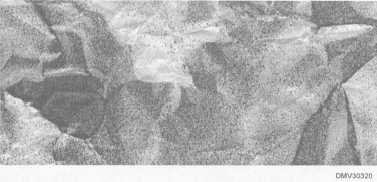Preparing To Airbrush
Introduction
Proper preparation before sitting down to airbrush saves many hours of
frustration. Gather the materials you need to airbrush. Have the assorted
equipment and consumables readily available and arrange time when you will
have the least interruptions.
Thumbnails
Thumbnail sketches are small images of how you expect the finished art to
look. Prepare preliminary thumbnail sketches to determine layout. Select an
appropriate layout and create a comprehensive thumbnail sketch indicating
the areas of light, dark, and color. Use a thumbnail sketch as you would a
map, veering only slightly and when necessary. Do NOT attempt to make
decisions on shading and color as you air paint because corrections are
almost impossible once you begin spraying.
Painting
surfaces
Select a paper or substrate on which to paint.
Substrates include masonite,
metal, canvas, or fabric. Mount paper or substrates to a solid surface if you
feel the moisture of painting will warp the surface. The paper or substrate
must be free of fingerprints, cuts, holes, glue, paints, or other imperfections.
Any texture on the paper or substrate will show.
Spraying on a textured
surface at an angle other than 90° magnifies texture. For example,
crumpling paper, then spraying at a low angle creates an affect resembling
mountain ranges.
Figure 6-15 illustrates how crumpling paper and spraying at a low angle
resembles mountain ranges.
Figure 6-15.—Crumpled paper sprayed at an angle less than 90 degrees
resembles mountain ranges.
Continued on next page
6-21


